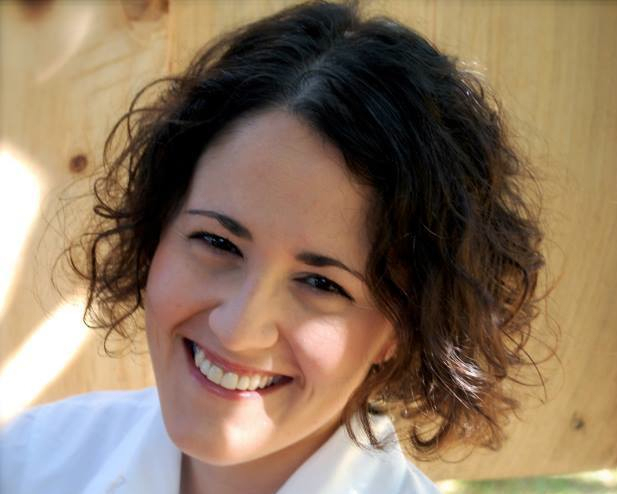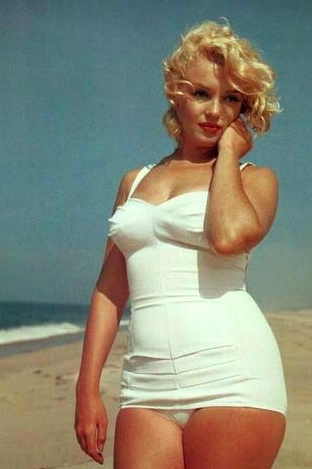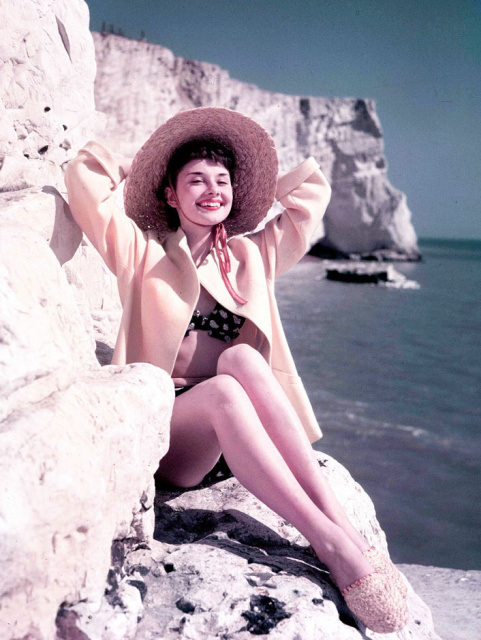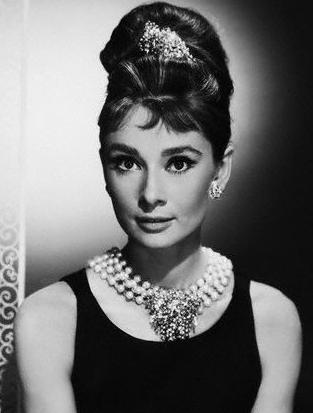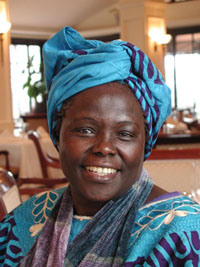One of the most consistently popular posts on this blog has been one called ‘My Audrey Hepburn Problem,’ mostly thanks to Internet searches like “Audrey Hepburn skinny,” “Audrey Hepburn eating disorder,” “how to look like Audrey Hepburn,” etc. The post itself, of course, was on how, as a teenager, I conflated Hepburn’s talent and humanitarian efforts with her beauty and thinness, assuming, foolishly, that it was her good looks and apparent ‘self-discipline’ (because doesn’t a 20-inch waist come from ‘self-discipline’?) that gave her the strength to be a good person. Because, really, in our culture, you can be a great person, but if you don’t keep your weight down and look good for pictures, no one cares.
A few years ago, my hometown newspaper featured, in the same issue, a story on the teenage winner of a local beauty pageant, and another about a teenage girl who had conducted some serious fundraising efforts to help save the chronically under-funded shelter program in our area. The second girl—the humanitarian—had the big goofy glasses, oversized teeth, and frizzy hair that make most of my high-school photos cringe-worthy. No prizes for guessing which story (and photo) landed in the best spots in the newspaper layout.
In our culture, being overweight or otherwise nonconforming to an extremely narrow ideal of beauty is often talked about as if it were a moral failing. So it’s not really that odd that I would have conflated Audrey’s outer beauty with her inner beauty: there are thousands of messages out there telling you that you can’t really have one without the other. In this telling, wrinkles and gray hair are shameful, normal body odor is embarrassing, being overweight is a sin, and so on. Think, for a moment, about all the things we do in a day—and all the products we use—to shore up our bodies and make them more presentable, acceptable. I’m not saying that there’s anything wrong with deodorant (a product I happen to like very much indeed.) I’m just saying that it’s worth considering, now and again, the almost moral superiority we sometimes feel when we, ahem, encounter someone who doesn’t engage in all the shoring up that we do.

The best photo I could think of to illustrate “awkward.” To clarify, that is an awkward adolescent me with my parents. Holding a rifle. I have no idea why.
Of course, most of us with fully developed prefrontal cortexes (or is it cortices?) know, rationally, that buying a certain overpriced lotion or following a certain new exercise program or diet plan or consuming a new ‘miracle’ food supplement—won’t transform us into someone else. We know—or we should know—that Michelle Obama’s arms look like that not just because Michelle Obama works out (a privilege conferred on her by her social and economic status, let us remember) but because she was born with those arms. I always wanted calves that were defined, rounded, separate from the continuous line of my leg. I knew on some level that those were not the legs I was destined for, but still, I could try, and try I did, doing calf-raises by the hour while I read books, looking hopefully in the mirror for signs of a change that never came.
I’m not sure the conviction that we can drastically change ourselves is confined to our outsides, either. We worship the possibilities of re-making ourselves into smarter, better-read people who read the instruction booklets cover to cover, never forget to floss or to flush, and never, ever snap at the people we love the most, much less at dim-witted clerks in a Rite-Aid or truly awful drivers. This is a theological hope that nothing in this world—neither pharmaceuticals nor self-help gurus nor Dr. Oz nor Joyce Meyer nor cosmetics nor counseling nor any amount of determination and self-discipline can fulfill. And that is just so frustrating, because we want to change. We want to be transformed.
I am 99.999% sure that you won’t ever look anything like Audrey Hepburn, and even more sure that if you did, that wouldn’t do it for you. It didn’t do it for her: she was actually quite insecure about her looks—thought herself funny looking and awkward, if you can believe it; she struggled with marriages and miscarriages and probably a lot more than we’ll ever know about. The thing you think will do it for you probably won’t. Isn’t that how it works already? You get a thing that you thought would really do it for you, and you go, “well, that’s not quite it, is it?” Whatever it is, it is always just out of reach.
This is awful and frustrating looked at one way, but looked at another way, it’s freeing. It means, maybe, that we can safely stop reaching and just be right here, right now, with our goofy glasses and scrambly teeth and awkward, mismatched selves and, say, share a cinnamon roll with a child or start a fundraiser for the homeless people in your city—to stop worrying so much about what you’re doing with your life and what you, and it, look like to other people and just get busy living.
Like this:
Like Loading...
